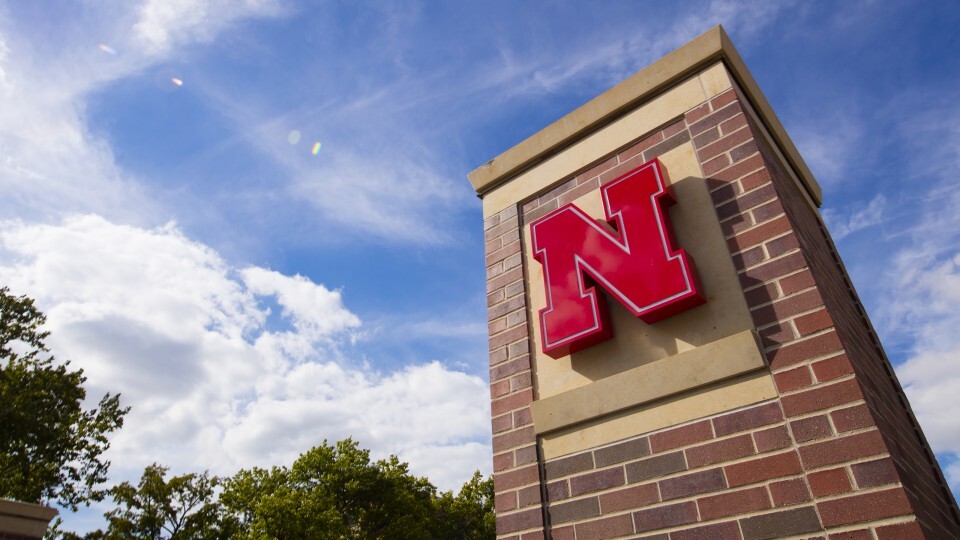
The University of Nebraska-Lincoln’s process to reduce its Fiscal Year 2018 and 2019 budget by roughly $8.5 million is expected to be completed in early spring, university officials said.
Proposed reductions will be presented by Chancellor Ronnie Green to the Academic Planning Committee and the university in mid-November.
In September, Green presented to the APC – a university-wide group that formulates and recommends academic and planning goals and initiatives for the institution – a general framework and timeline for consideration of programmatic cuts and reallocations to close the budget gap.
Green said at a Sept. 6 town-hall gathering – and reiterated at his Sept. 19 State of the University address – that the university’s budget-reduction process would be necessary to address part of the overall expected budget deficit of $17 million in the current biennium. Since January, budget-response teams across the four-institution university system have identified $22 million in systemwide budget efficiencies, which represent about $11 million at Nebraska. That leaves the university to address about $6 million of additional cuts and reallocations beyond those systemwide proposals.
“To assure that we have some reinvestment ability and contingency against any additional potential cuts, I will be asking the APC to work with the administration to consider a total of $8.5 million in programmatic cuts and reallocations – about $6 million in shortfall plus 1 percent of the state appropriation base,” Green said in his annual address Sept. 19.
Several steps have already been completed since Sept. 6, including the APC approving the proposed budget framework and timeline. The anticipated timeline for the remainder of the budget process is located here.
Additionally, because of the possibility that the university may experience an additional midyear rescission following last year’s $7.5 million, administrators have made the precautionary step of holding back 2 percent of the institution’s state appropriations in academic affairs and the Institute of Agriculture and Natural Resources.
Editor’s Note: This story has been updated to reflect changes to the anticipated timeline.







